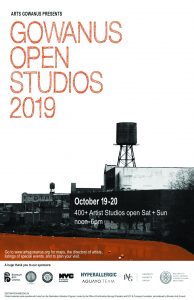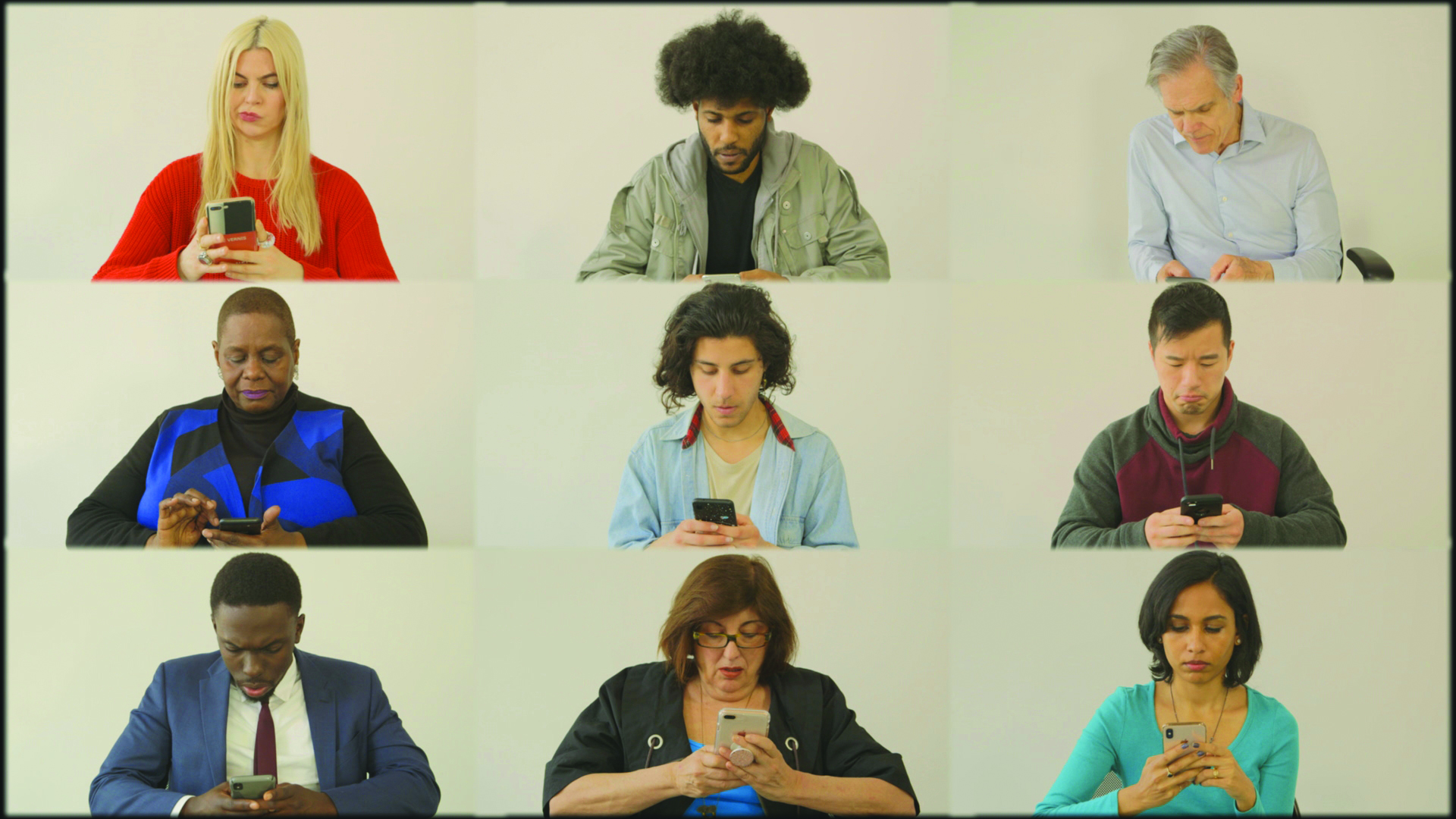
The first time I spoke with Johnny was to confirm my participation in Gowanus Open Studios, a wonderful yearly event sponsored by Arts Gowanus. The annual mid-October event draws people of all ages and backgrounds from all five boroughs. It provides artists opportunities to network while giving the public access to creative interaction in their spaces.
As a visual artist who occupies a 96 square-foot studio space in an old industrial warehouse, I’m new to the Gowanus art scene. I moved to Brooklyn in the spring of 2018, but like many artists, I was unable to secure a studio space until the following year. “You’re not alone,” Johnny later told me. “The scene is always in flux. Artists have occupied industrial and commercial buildings in our neighborhood for many, many years, but have also been continually pushed out of their spaces due to new development and the ever-evolving gentrification of our community. But artists are resourceful; we’re good at finding new spaces for creating, regardless of whatever barrier is holding us back.”
Johnny Thornton is the Program Director of Arts Gowanus, a nonprofit organization that advocates for local artists by organizing events to promote and sustain the multi-disciplinary art communities of Brooklyn. Part of their mission is to keep artists in Gowanus and neighboring areas through artist-to-artist relationships, monthly networking, workshops, fundraisers, exhibitions, and collaborations. Johnny spoke about a small group of artists in the 90s who revolutionized the event long before Arts Gowanus became the organization it is today.
For decades, New York City artists have struggled to find affordable studio spaces; usually seeking unused spaces in vacant buildings in disused neighborhoods. According to Johnny, “The problem with this pattern is that new developments come in and raise the rent so much that artists cannot afford to stay. Economic growth and gentrification tend to follow artists, but then push them out, creating a destructive cycle. This is how Open Studios was formed. Artists were seeking to form a community in a developing city that was also forcing them out.” This problem is not unique to the majority of New York residents. We live in a city where housing costs rise much faster than incomes. Massive shortages of affordable housing have affected many communities in the five boroughs.
I met Johnny outside of his studio, which is housed in a restored factory building that hosts private and shared spaces for artists to create, collaborate and exhibit. He walked me through a gated back entrance, through a long hallway, and into his studio– a space that I was not entirely prepared to enter. Narrow and rectangular with tall ceilings, it was filled with paintings of overlapping red blood cells, loosely rendered and aggressively outlined in a thick, black paint against a white background. The drawings and paintings were on various sizes of paper and canvas and covered every inch of the space, from the corners of the ceiling to the cracks in the floor. Stools, chairs, and easels were also painted, getting lost in the mammoth installation. I felt I had entered a dreamscape or memory. But it wasn’t my memory; it was Johnny’s. I stood in silence for a few minutes, trying to make sense of my surroundings. To contextualize the immersive installation and my immediate reaction is to say that it was quite unsettling. It was a meditation of a medical document, drawn in visual language, void of any text.
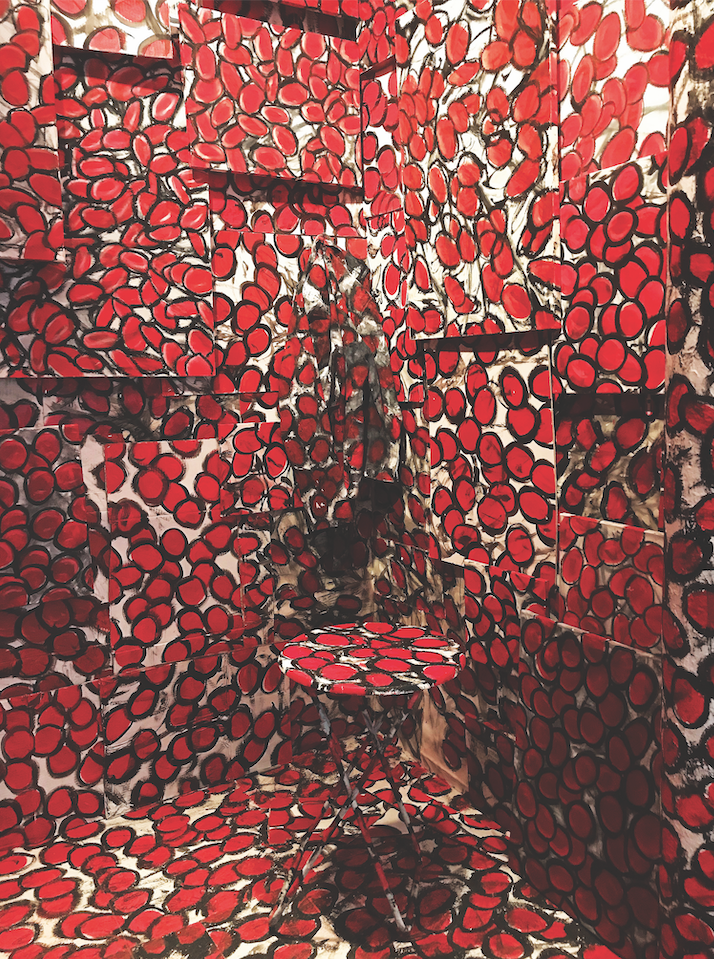
Soon after relocating to New York for graduate school, Johnny was diagnosed with an illness that changed the trajectory of his art career. As a once active, hyper-realistic portrait painter, he was suddenly limited to create within the barriers of physical mobility. Though his health began to deteriorate, he found catharsis in the repetitive act of drawing the circular cells. In his words, “My illness changed the way I work entirely.” This too made me look differently at Johnny’s art. His health has since improved, and I can now look at the artwork as a hopeful act.
Gowanus Open Studios is now celebrating 23 successful years. This year’s Open Studio event takes place the weekend of October 19 & 20 from 12:00 pm- 6:00 pm. The event is open to all ages and welcomes those who are interested in the process of art-making, collecting, or simply want to get a glimpse into the lives of local artists. Take time to come and explore the arts during this magical fall weekend. You’ll be glad you did!
In the corner of Johnny’s studio, placed casually against the sea of blood cell paintings, are stacks of painted canvas. These highly emotive paintings depict human forms, contrasting elements of physical and psychological identities. The gray figures are vulnerable; they open themselves up to the artist, but gaze past the viewer, attempting to avoid eye contact. Thick, black gestural marks lie on top of the figures, loosely outlining the contours of the body. Johnny describes the new works as “explorations of the constructed self through the lens of corporeal degradation and contemporary construction.”
I asked Johnny what viewers could expect to see this year at Open Studios. He responded by showing me a large-scale painting of gestural blacks lines juxtaposed a white backdrop.
Johnny isn’t the only artist preparing for Open Studios. Brooklyn-based, multi-disciplinary artist, Jenn Schmidt and video artist, Kevin Frech are also preparing their studios for visitors this fall.
Jenn works in print-media, graphic design, sound, video, and site-specific installation. Entering her studio feels like entering a memoir of the natural world, albeit wrapped in patterns of psychedelic color and phenomenon. Her work questions the role of visual iconography and repetitive actions within a given environment. Prints on cotton fabric reference the physical body and are reminiscent of long walks through fields in Belgium, which is where she connects ideals of femininity and nature.

Jenn showed me multi-faceted images of weeds, flowers and pinecones; all are elements of nature that find balance between echo and ecofeminism. The performative act of collecting weeds encouraged Jenn to consider ways in which women identify with nature. “It’s like a protection of self,” she explained. “The persistence of weeds is a global concept. Often overlooked, they exist in space and in between spaces.”
Viewers can expect to see Jenn’s newest monumental artworks, completed recently at an artists’ residency in Belgium. They may even hear echoes of Corita Kent’s famous words, “Flowers grow out of dark moments.”
When I visited Kevin Frech, he was arranging monitors and sets of headphones. Kevin’s work examines the social practices of Western contemporary society. As technology improves communication, it also alienates us from one another and our natural world; regardless, we continue consuming its resources. Commune involves a single-channel HD video with stereo sound, and depicts an assemblage of adults consumed by their smartphones. The piece is compelling, mesmerizing, and all too relatable. Technology is meant to connect us but it also has the potential to isolate us. I watched the video several times through before being interrupted by my own iPhone.
Another piece, Foundation and Empire, features a single-channel HD video that speaks to issues of global warming and ways that money reshapes our world. In the video, Frech suspends ten, $100 bills in a block of ice and uses time-lapse to capture the melting. Unmistakenly paralleling climate change; as the cash becomes exposed to warmer temperatures, the ice melts, causing the entire structure to become unsustainable.
I spoke with Kevin about his work and what he hopes his art will convey to visitors. He stated that the videos function on multiple levels and that he tries to make art that everyone can relate to. He noted that in previous years, children and youth have identified with his work and understood the difficulty and absurdity of the pieces.
For more information about Gowanus Open Studios: www.artsgowanus.org
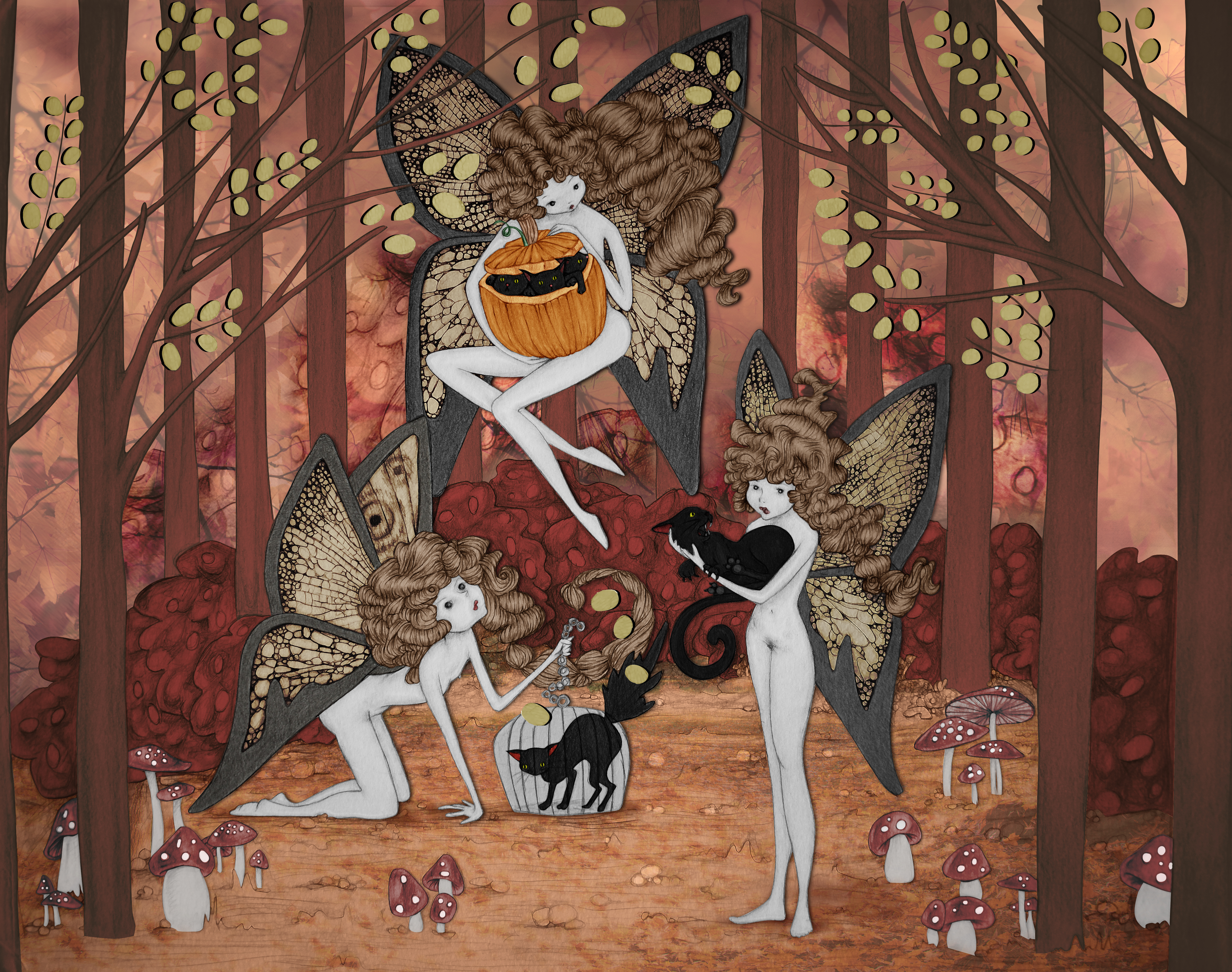
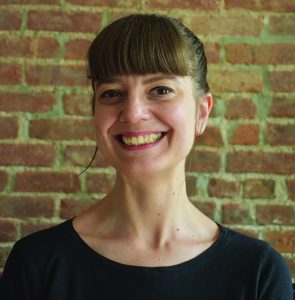
Jennifer Prevatt is a visual artist who works in illustration, installation, and paper sculpture. Her introspective studio practices investigate the intimate layers of thought and memory within the scope of dreams. She creates visual narratives of archetypal thought patterns within the framework of fairy tales. After graduating in 2010 with a BA in Scientific Illustration Jennifer spent 8 years abroad. She received an MFA from Newcastle University in 2014 and has exhibited her work internationally. Jennifer is an Artist in Residence at Trestle Projects in Brooklyn.

